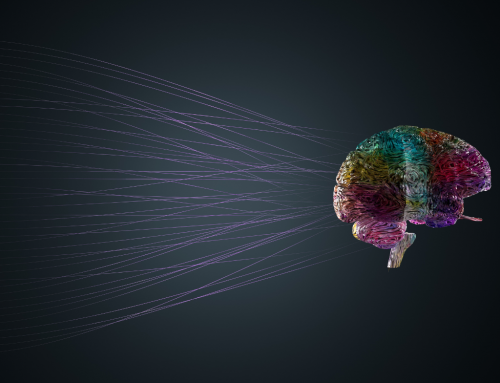What is Disability History Month and why do we need one?
UK Disability History Month (UKDHM) is an annual event that aims to highlight the history and achievements of disabled people especially those who have fought for equality and human rights. The event was started in 2010 and has been celebrated ever since from November 16th until December 16th. It joins other history days such as LGBT+ History month in February and Black History Month in October.
This incorporates the disability and health days that mark: World HIV/AIDS Day (1st December), International Day of People with Disabilities (3rd Dec.) and International Human Rights Day (10th December). Each year has a theme that changes to further highlight an area where there is still work to be done on achieving equality.
How we marked UK Disability History Month 2023
To mark 2023, we created three videos that showcase just some of the incredible achievements we have experienced so far. Our first video looks at the post-war years of 1940s to 1950s, the second marks the radical 1960s-1970s and the third moves into the 90s to today.
Here are our videos:
PLAY VIDEO ONE
PLAY VIDEO TWO
PLAY VIDEO THREE
Timeline:
When drawing up a timeline, it was impossible to only select a few achievements! However, our videos needed to be a certain length for social media so here are some that we considered for inclusion.
1918 – The end of the First World War brings an awareness of physical impairments as 1.5 million people lost limbs, were blinded or became deaf. There is also an increase in the numbers who developed mental health conditions brought on by the years of conflict.
1944 – The Disabled Persons (Employment) Act sets up a system that requires that a workforce with more than 20 employees be made up of at least 3 per cent disabled people.
1945 – The World War II comes to an end. There is huge public concern about the thousands of ex-servicemen and women who are now classed as disabled as a result of the war.
1948 – The Paralympic Games were created. The games are now the second biggest sporting event and launched the sporting careers of many incredible disabled athletes.
1960s / 70s – The official date of the social model of disability is debated but thought to be the sixties or seventies.
1970 – The Chronically Sick and Disabled Persons Act is introduced and is a world first to recognise and give rights to disabled people.
1981 – The United Nations calls this year, the ‘International Year for Disabled People.’
1986 – The Disabled Person’s Act requires local authorities to meet disabled people’s needs.
1995 – Disabled people hold protests which resulted in the introduction of the Disability Discrimination Act. This makes it illegal to discriminate against disabled people in employment also when it comes to providing goods and services. Employers must now required to make reasonable adjustments.
2003 – British Sign Language is officially recognised by the government as a language.
2004- It becomes a legal requirement to make reasonable adjustments to make buildings accessible.
2005 – The Disability Discrimination (Amendment) Act extends the definition of disability and requires public bodies to promote equality by inviting disabled people to get involved with the establishment of services.
2010- The Equality Act is passed which bans direct or indirect discrimination or harassment in employment or provision of goods and services. Disability is one of nine protected characteristics along with sexuality, race, gender, age, religion, marriage or civil partnership, pregnancy and sexual orientation.
Interested in our history? Read our Disability Discrimination Act blog.


